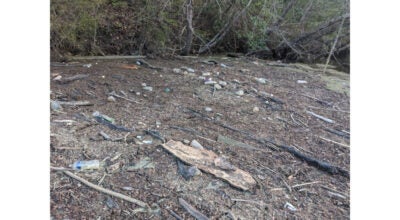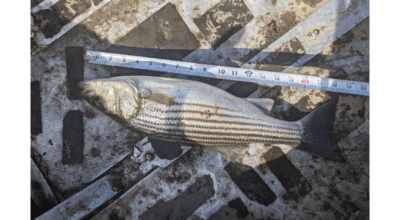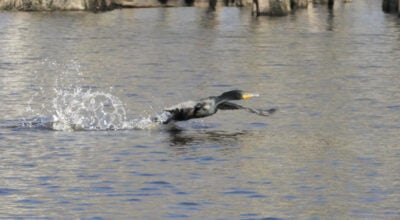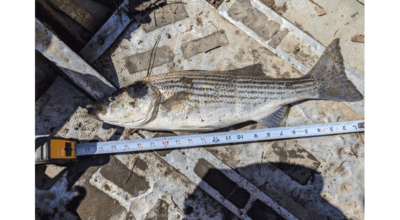Make your yard a winter wonderland for bluebirds
Published 6:17 pm Wednesday, November 18, 2020
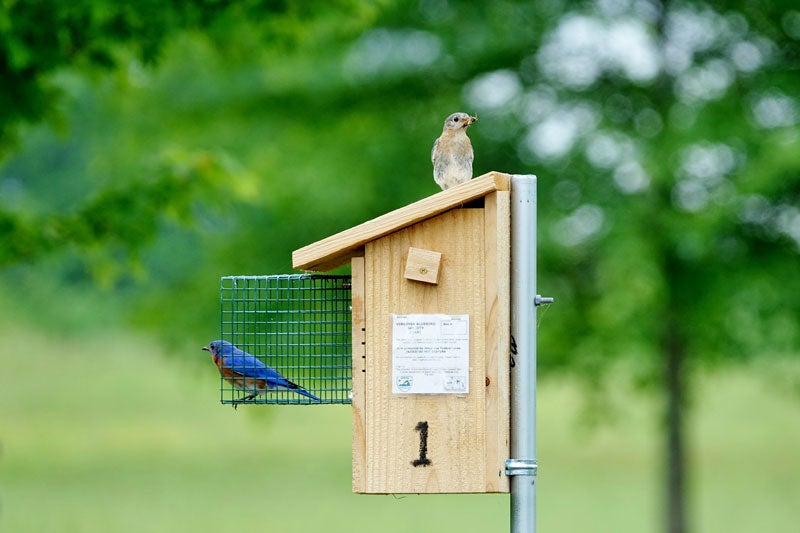
- The Virginia Bluebird Society provides guidelines for winterizing the nest boxes; bluebirds and other cavity nesters often use them for nightly roosting in the cold winter months. Submitted
|
Getting your Trinity Audio player ready...
|
By Linda Langdon
Master Naturalist
Cold weather will soon be upon us and many of the birds that delight us in spring and summer will be heading south for the winter. But good news for bird lovers! Our vibrantly colored, native eastern bluebirds will stay with us through the cold weather.
If you have a bluebird box in your yard, you can help them stay warm and healthy. The Virginia Bluebird Society provides guidelines for winterizing the nest boxes; bluebirds and other cavity nesters often use them for nightly roosting in the cold winter months. Here’s what you can do: Inspect the box(es), make necessary repairs, and make sure the inside is clean and pest free. To winterize, you can use foam insulation (like that used around window air-conditioning units) broken into small pieces to stuff into large vent holes between the roof and side wall of the box. You can also use flexible weather stripping, sold in cords, to seal the cracks along the sides of the box. Do not plug the bottom drainage holes or the box entrance. Dried pine needles or straw may be used to form a nest-like bed in the bottom of the box. This will provide a warm, dry place to shelter the birds.
You can also encourage the bluebirds to stay in your yard by providing for a few basic needs. Clean water for drinking and bathing is necessary in all seasons, and a heating element can keep the water in a birdbath from freezing in the winter. Since there’s a shortage of insects over winter, bluebirds rely mostly on berries from plants like dogwood, cedar, holly, hackberry, hawthorn, serviceberry, winterberry, Virginia creeper and sumac. These plantings also provide cover and shelter for the birds. Additionally, you can supplement their natural food by providing mealworms (live or freeze dried) as well as suet with peanut butter and berries.
By providing them habitat through the winter, you may be rewarded in the spring when it’s time for the new nesting season. In spring (early to mid March) clean out the boxes and remove all of the insulation and bedding. April usually marks the beginning of their laying season, with eggs and chicks possible throughout the summer.
With a little help, you can enjoy seeing bluebirds year-round in your yard and keep them coming back again and again.


